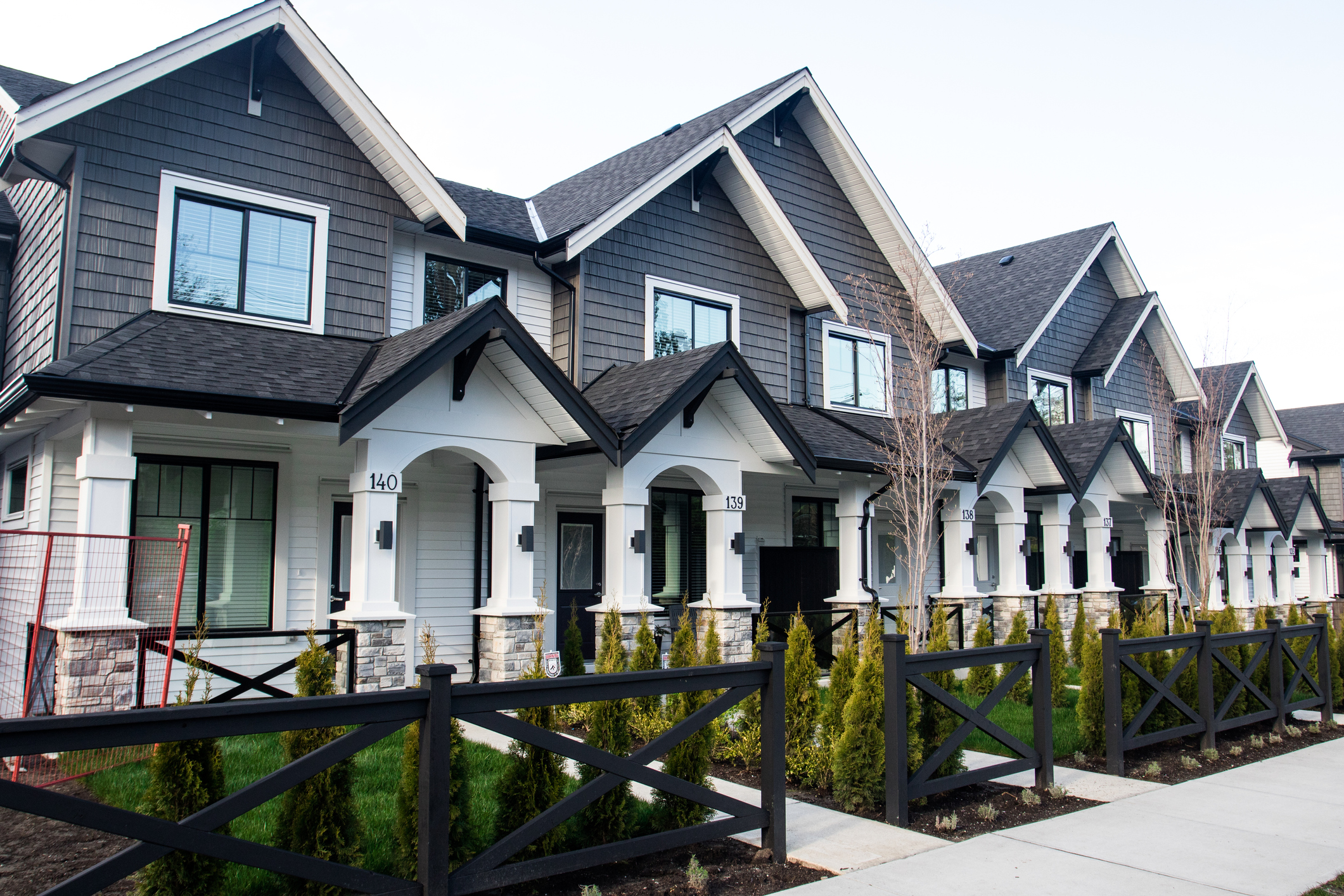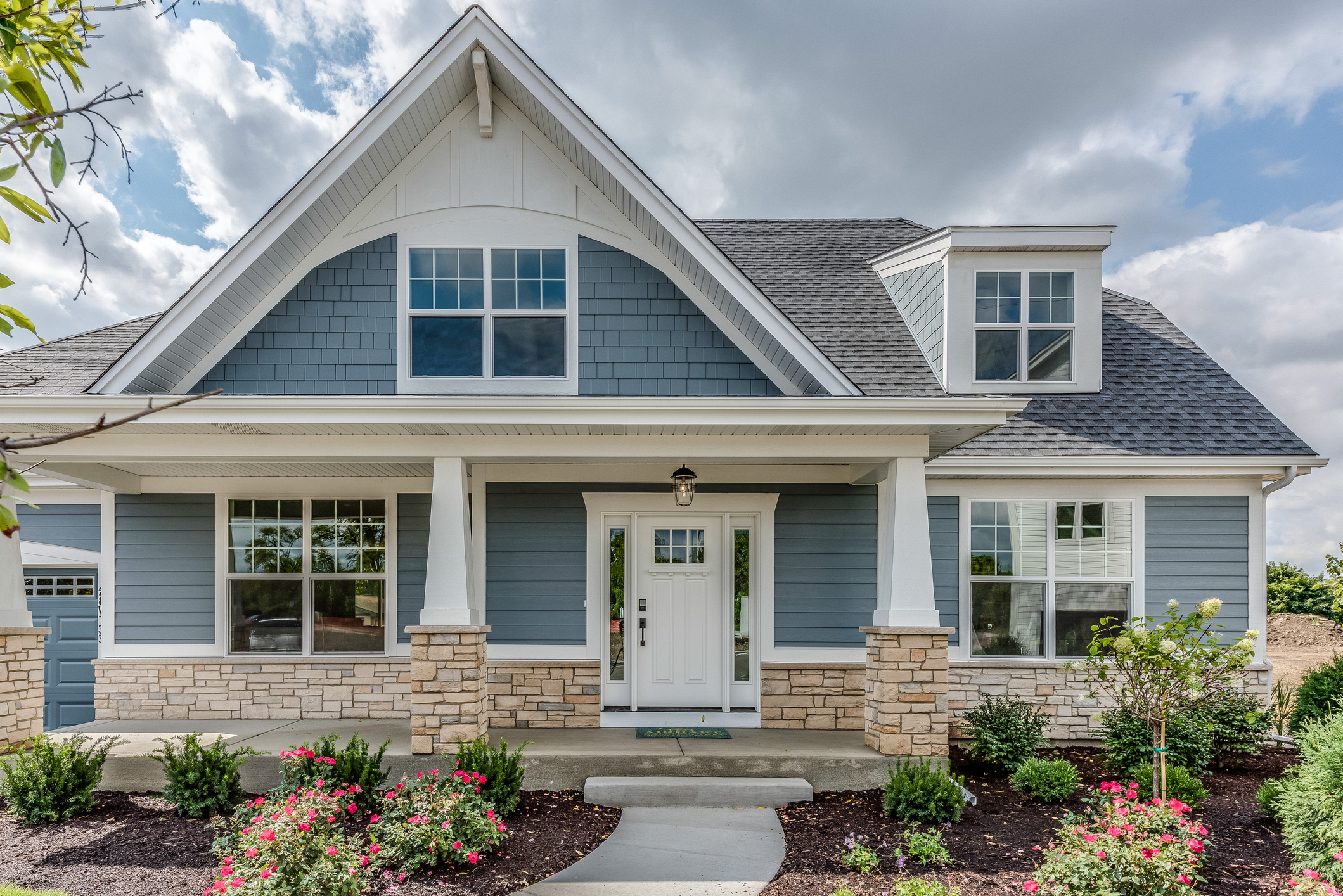$44 Trillion

Have you ever wondered how much all of the residential real estate in the U.S. is worth?
It’s $44.5 trillion.
That’s 44 with 12 zeroes after it.
This data comes from the Federal Reserve’s Quarterly “Z.1” report.
The total valuation increased by $2.4 Trillion over the last quarter and is essentially flat compared to one year ago.
In total, liabilities on residential properties (mortgages, equity loans, etc.) is $12.9 trillion.
So, collectively, residential property owners in the U.S. have a 71% equity share and owe 29% of the value.
A New Change

There is a new type of change to be prepared for.
One interesting way to track the market is to measure the year-over-year difference in inventory.
Quite simply, this looks at how many homes are available today versus the same time one year ago.
For the past several months in a row, the difference as measured by percentage change, has been significant.
That is because inventory levels between May of 2020 and May of 2022 were rock-bottom low.
For example, inventory in March of this year was up over 120% compared to March 2022.
When measured against historical numbers, inventory in the first half of this year is incredibly low. But, when measured against the first half of 2022, inventory is significantly higher.
Well, that is about to change because inventory increased in June and July of 2022.
So, now when we look at inventory levels versus a year ago, the percentage change will be more modest.
For example, Northern Colorado inventory today is up only 8% compared to one year ago.
What the Numbers Say

During a time of varying opinions and heavy speculation about the Front Range real estate market, let’s see what the actual numbers are telling us:
Inventory is up significantly year over year:
- Larimer County = +48%
- Weld County = +52%
- Metro Denver = +74%
However, supply is still low as measured by months of inventory:
- Larimer County = 1.1 Months
- Weld County = 1 Month
- Metro Denver = 1 Month
Transaction count is down as the pace of sales is slowing:
- Larimer County = -24%
- Weld County = -15%
- Metro Denver = -19%
Yet, average prices are still up versus last year:
- Larimer County = +18%
- Weld County = +10%
- Metro Denver = +14%
3.2 Trillion

The new CoreLogic Homeowner Equity Insights report shows that homeowners in the U.S. have seen their equity increase by a total of $3.2 trillion over the last 12 months.
Their data shows that 63% of all homes have a mortgage.
On average, U.S. homeowners gained $55,000 while the average increase in Colorado was higher at $75,000.
The other piece of good news from the report is that properties with negative equity reached the lowest amount in several years.
Only 2.1% of all properties across the U.S. have a value lower than the mortgaged amount. Negative equity peaked at 26% of all mortgaged properties back in 2009.
Townhome Surge

Townhome construction has surged in the last 12 months. This is welcome news for first-time buyers who benefit from the lower prices that multi-family product tends to provide.
According to the National Association of Home Builders, townhome construction has jumped up 28% compared to the previous year.
Townhomes now represent 13% of all new residential construction starts.
Money at a Discount

This week, for the first time in 32 months, mortgage rates hit 4%.
While this increase may feel painful for buyers currently looking at property, it is important to put today’s rates in perspective.
We believe we will look back a few years from now and see that a 4% rate was like buying money at a discount.
Interest rates hovered between 4.5% and 3.75% for the 8-year span of June, 2011 to June 2018
Between January, 2000 and December, 2010 rates were as high as 8.25% and as low as 5.0%.
When looking at the history of interest rates and researching economists’ forecasts, we believe it is reasonable for rates to hit 5% within the next 24 months.
When interest rates increase 1%, a buyer’s monthly payment increases 10%.
So, if rates do go to 5%, it is like an additional 10% price increase for a buyer.
Given all of this information, we believe the biggest risk to a buyer in today’s market is to wait.
Mortgage rates are likely on their way up and there is an opportunity to buy money at a discount today.
Steady Stream

Despite the extraordinarily low amount of standing inventory, it is important to understand there is still a steady stream of new inventory hitting the market.
Inventory is low. That is a reality.
New inventory is coming on the market at essentially the same pace as compared to the last few years. That is also a reality.
Because demand is so high, the inventory doesn’t stay on the market very long. Residential listings go from ‘Active’ to ‘Pending’ very quickly (assuming they are priced correctly).
Over the course of 2021, there were 66,308 new residential listings that hit the market in Metro Denver. That is only 5% less than 2020.
Larimer County had 8,342 which is 7% less than 2020.
Weld County had 8,499 which is 5% less than 2020.
While standing inventory is near 50% lower than last year, the stream of new inventory is fairly consistent.
It is time to register for our annual Market Forecast with Chief Economist Matthew Gardner. This year the event will be hosted online on Thursday February 3rd from 11:00 to 12:00.
You can register at www.ColoradoForecast.com
Standing Low

The standing inventory of residential properties currently for sale is staggeringly low.
The number of active properties for sale is almost 90% below the average for this time of year.
In Metro Denver, there are 1,144 residential properties for sale today.
In Larimer County, there are 136 and in Weld County there are 174.
Current inventory along the Front Range is essentially half of what it was one year ago.
The low standing inventory bolsters our belief that nothing resembling a decline in housing prices is on the horizon. The low supply will continue to put upward pressure on prices.
It is time to register for our annual Market Forecast with Chief Economist Matthew Gardner. This year the event will be hosted online on Thursday February 3rd from 11:00 to 12:00.
You can register at www.ColoradoForecast.com
Housing Inventory

Many of our clients wonder if the current pace of price growth can continue. Some even ask if prices will decline this year.
Based on researching the Case-Shiller Home Price index and the National Association of Realtors home inventory data, there must be at least 6 months of inventory in a market for prices to have any chance of declining. We wrapped up 2021 with about 2 weeks of inventory in both Larimer County and Weld County. This marks a 45%-46% decrease in inventory as compared to December 2020.
The dwindling supply and the rising prices have led to a lot of questions about the future of the housing market. Is there a market crash on the horizon? Is there a housing bubble that’s about the burst? The answer is no. Although it is unlikely that the market can continue at this pace indefinitely, all signs point to a healthy housing market in 2022.
Lumber Back Up

The price of lumber has jumped back up again and is adding to the cost of new home construction.
Over the past four months, lumber prices have nearly tripled, causing the price of an average new single-family home to increase by more than $18,600.
According to Random Lengths, as of the end of December, the price of framing lumber topped $1,000 per thousand board feet — a 167% increase since late August.
This most recent lumber price upsurge is due to a number of factors, including:
- Ongoing supply chain disruptions
- A doubling of tariffs on Canadian lumber imports into the U.S. market that increased price volatility
- An unusually strong summer wildfire season in the western United States and British Columbia
Predictions on what lumber prices will do during 2022 are mostly pointing to even higher costs for home builders and ultimately, new home buyers.
 Facebook
Facebook
 Twitter
Twitter
 Pinterest
Pinterest
 Copy Link
Copy Link